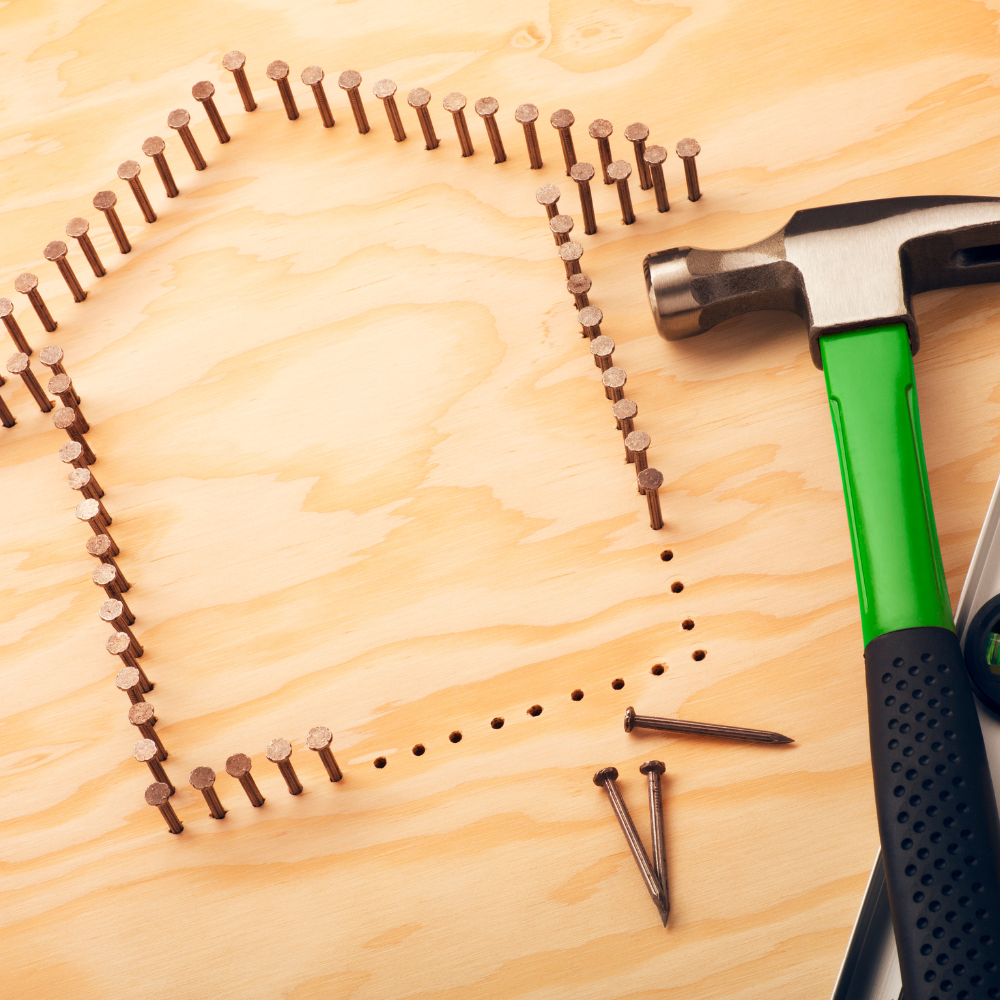Building a custom home can be an exciting and fulfilling experience, but it requires careful planning and attention to detail. The process can take anywhere from several months to over a year, depending on the size and complexity of the project. In this article, we will discuss the general steps involved in building a custom home and provide a rough estimate of how long each stage might take.
Step 1: Planning and Design (2-6 months)
The first step in building a custom home is to plan and design the project. This involves working with an architect or builder to develop a set of plans that reflect your vision and preferences. The planning and design phase can take anywhere from 2 to 6 months, depending on the complexity of the project and how quickly you can make decisions. During this stage, you’ll need to consider factors such as:
– The size and layout of the home
– The number and types of rooms
– The style and materials used
– The location and orientation of the home on the lot
– The landscaping and outdoor amenities
Once the plans are finalized, you’ll need to obtain any necessary permits and approvals from local authorities before construction can begin.
Step 2: Site Preparation (1-2 months)
Before construction can begin, the site must be prepared. This typically involves clearing the land, grading the site, and installing any necessary utilities (such as water, sewer, and electricity). Site preparation can take anywhere from 1 to 2 months, depending on the size and complexity of the project and the condition of the site.
Step 3: Foundation and Framing (2-4 months)
The next step is to lay the foundation and build the frame of the home. This involves pouring the foundation, framing the walls, and installing the roof. Foundation and framing typically take 2 to 4 months, depending on the size and complexity of the project and the weather conditions.
Step 4: Electrical, Plumbing, and HVAC (2-4 months)
Once the frame is in place, the electrical, plumbing, and HVAC systems can be installed. This involves running wires, pipes, and ducts throughout the home and connecting them to the main systems. Electrical, plumbing, and HVAC work typically takes 2 to 4 months, depending on the size and complexity of the project and the availability of materials and labor.
Step 5: Interior and Exterior Finishes (2-6 months)
With the basic structure and systems in place, the next step is to finish the interior and exterior of the home. This involves installing insulation, drywall, flooring, cabinets, countertops, fixtures, and appliances. Exterior finishes might include siding, roofing, windows, and doors. Interior and exterior finishes typically take 2 to 6 months, depending on the size and complexity of the project and the availability of materials and labor.
Step 6: Final Inspections and Move-In (1-2 months)
Once the construction is complete, the home must be inspected to ensure that it meets all building codes and safety standards. This typically involves a final inspection by local authorities, as well as inspections by the builder and any third-party inspectors you may hire. Once the inspections are complete, you can move in and begin enjoying your new custom home. Final inspections and move-in typically take 1 to 2 months, depending on the availability of inspectors and the completion of any remaining tasks.
Building a custom home is a complex process that requires careful planning and attention to detail. The timeline for the project can vary widely depending on the size and complexity of the project, as well as factors such as the weather and the availability of materials and labor. However, by working closely with your builder and staying organized and proactive throughout the process, you can ensure that your custom home is built to your specifications


